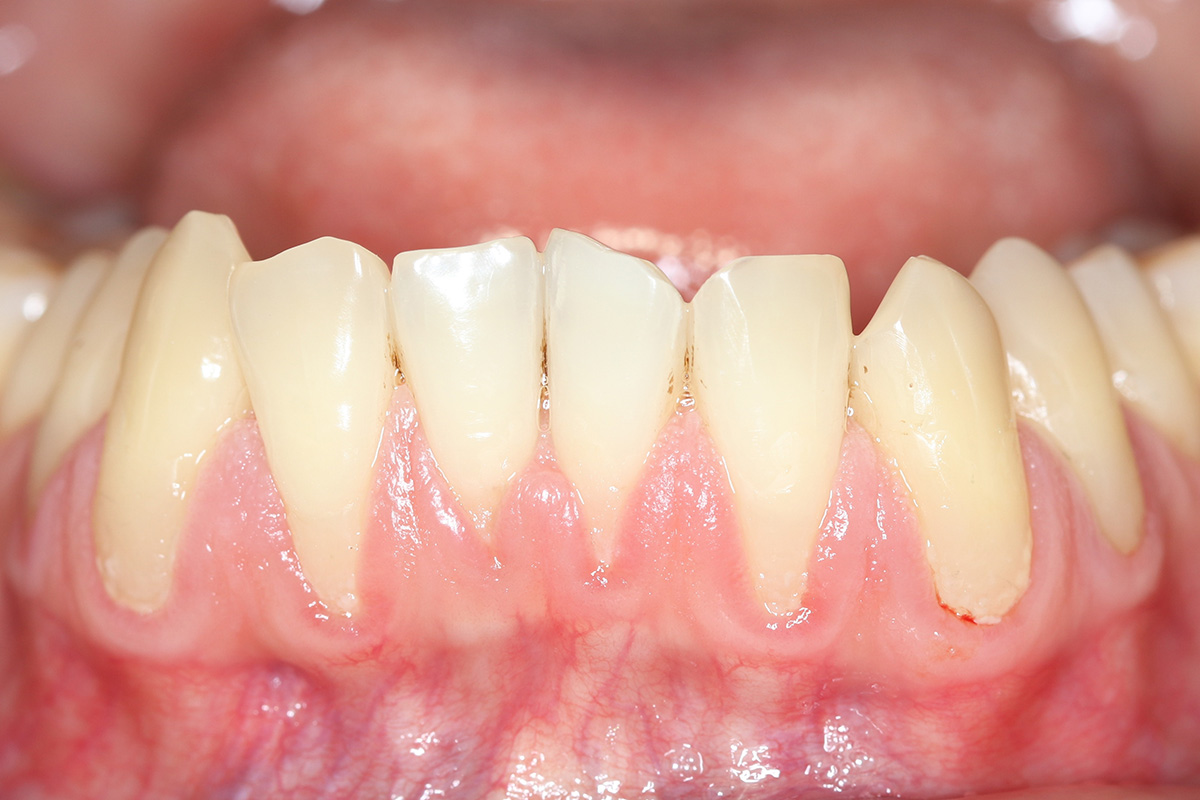
5 Things You Need to Know About Osseous Surgery
If you’ve been diagnosed with advanced periodontal disease, your periodontist may recommend a treatment called osseous surgery, also known as pocket reduction surgery. This procedure is designed to stop the progression of gum disease, preserve your natural teeth, and restore the health of your gums and supporting bone.
At Toronto North Periodontics, we understand that the idea of surgery can feel overwhelming. That’s why we’re committed to helping patients understand what osseous surgery involves, how it works, and why it’s such an important part of periodontal care. In this post, we’ll cover the five most important things you need to know about osseous surgery—so you can make informed decisions about your gum health.
1. What Is Osseous Surgery?
Osseous surgery is a periodontal surgical procedure used to treat severe gum disease that has led to the destruction of bone and gum tissue around the teeth. When gum disease progresses, it creates deep pockets between the teeth and gums, where harmful bacteria and tartar accumulate. These pockets become too deep to clean with regular brushing, flossing, or even professional cleanings.
During osseous surgery, the periodontist:
- Folds back the gum tissue to access the root surfaces and bone
- Removes deeply embedded plaque and tartar
- Smooths the irregular surfaces of the damaged bone to eliminate bacteria-trapping areas
- Repositions the gum tissue snugly around the teeth
This procedure helps to reduce pocket depth, which in turn prevents further bone loss, improves gum health, and helps patients maintain their natural teeth.
2. Why Osseous Surgery May Be Necessary
Advanced periodontal disease is the #1 cause of tooth loss in adults, and osseous surgery is often the last line of defense before extraction becomes necessary.
Here’s why your periodontist may recommend this procedure:
✔ To Reduce or Eliminate Deep Periodontal Pockets
When pockets exceed 5 mm in depth, they become impossible to clean thoroughly. Bacteria thrive in these pockets, fueling the disease. Osseous surgery helps reduce these pockets to a more manageable depth.
✔ To Prevent Systemic Health Complications
Bacteria from gum infections can enter the bloodstream and spread throughout the body, contributing to heart disease, stroke, respiratory disease, and even certain cancers. This procedure helps control harmful bacteria at the source.
✔ To Preserve Bone Around the Teeth
Bone destruction is a hallmark of periodontal disease. Osseous surgery reshapes and recontours the bone, helping to slow or prevent further deterioration.
✔ To Make Oral Hygiene Easier
Deep pockets create a challenge for even the best brushers and flossers. By reducing the depth of the pockets, osseous surgery makes it easier for patients to maintain their oral health at home and during professional cleanings.
3. What to Expect During the Procedure
Osseous surgery is a routine outpatient procedure that typically takes about one hour. It is usually performed with local anesthesia, and sedation can be offered for patients who are anxious or undergoing more extensive work.
After the procedure:
- Most patients are able to return to work the next day.
- Initial healing takes place within the first week, and patients can resume most eating and oral hygiene practices soon after.
- Full healing of the gum tissue takes 4–6 weeks.
Dr. Valentin Dabuleanu will see you for a 1-week and 6-week post-op check to monitor healing and ensure optimal results.
4. What Changes Can You Expect After Osseous Surgery?
Patients often notice a few temporary changes after the procedure. These are normal parts of the healing process and will improve over time:
- Teeth may look or feel longer: Because the gums have been reshaped and repositioned, more of the natural tooth may be visible.
- Spaces between teeth may appear: These are called “embrasures” and occur due to reduced inflammation and repositioning of gum tissue.
- Tooth sensitivity: Mild sensitivity is common for about a month after surgery. It can be managed using desensitizing toothpastes like Sensodyne® ProNamel® (link).
- Slight tooth mobility: Teeth may feel slightly loose for a short period. This is temporary and will improve as healing progresses and inflammation resolves.
These changes are part of the healing process and are a small trade-off for the long-term benefits of keeping your natural teeth.
5. Osseous Surgery Helps You Keep Your Natural Teeth
With proper home care and regular professional maintenance, osseous surgery can help you preserve your natural teeth, even in the presence of advanced gum disease.
After surgery, it’s crucial to follow a personalized maintenance program, including:
- Thorough brushing and flossing
- Using antibacterial rinses or prescribed oral care products
- Attending regular periodontal cleanings and checkups
This combination of daily care and professional oversight will help keep your gum pockets shallow, prevent further bone loss, and maintain long-term oral health.
Final Thoughts: Take Action Against Gum Disease
Gum disease doesn’t just affect your mouth—it can impact your overall health and quality of life. Osseous surgery offers a powerful solution for those with severe periodontal disease, giving you the opportunity to preserve your teeth and protect your health.
At Toronto North Periodontics, Dr. Valentin Dabuleanu and our experienced team are here to guide you through every step of your periodontal treatment plan. We are committed to helping you restore your gum health, prevent future problems, and keep your natural teeth for life.
📞 Contact us today to schedule a consultation and find out if osseous surgery is the right option for you. Let us help you take the next step toward a healthier smile.for a healthier, longer-lasting smile!

